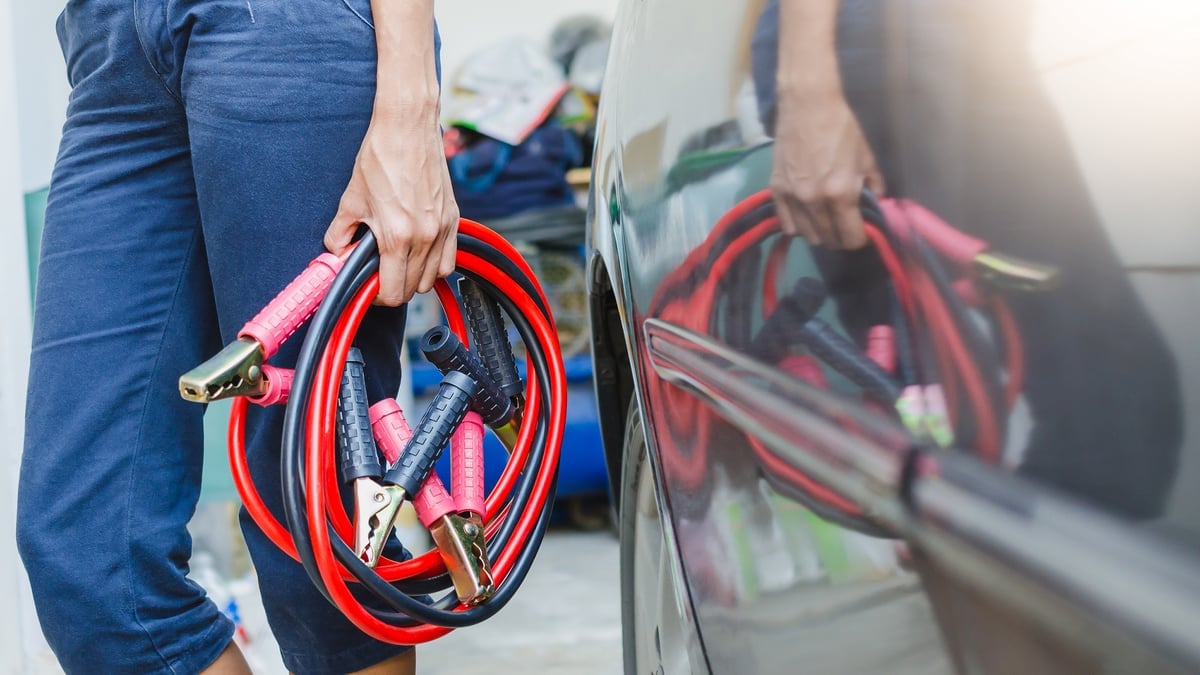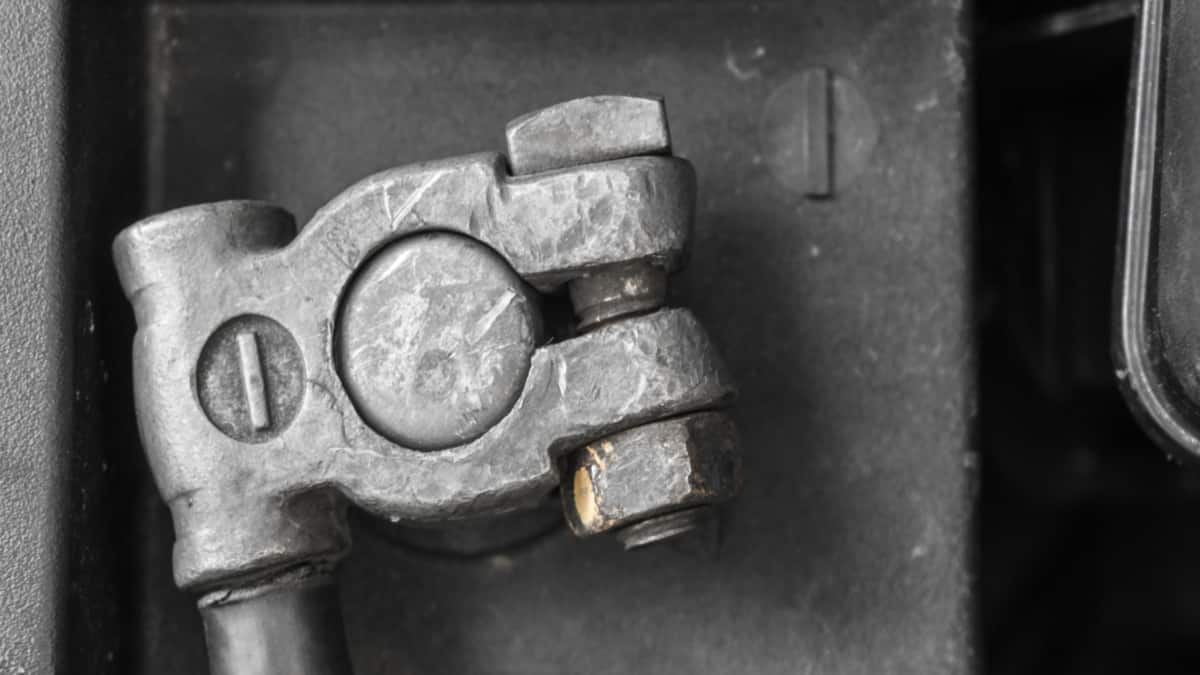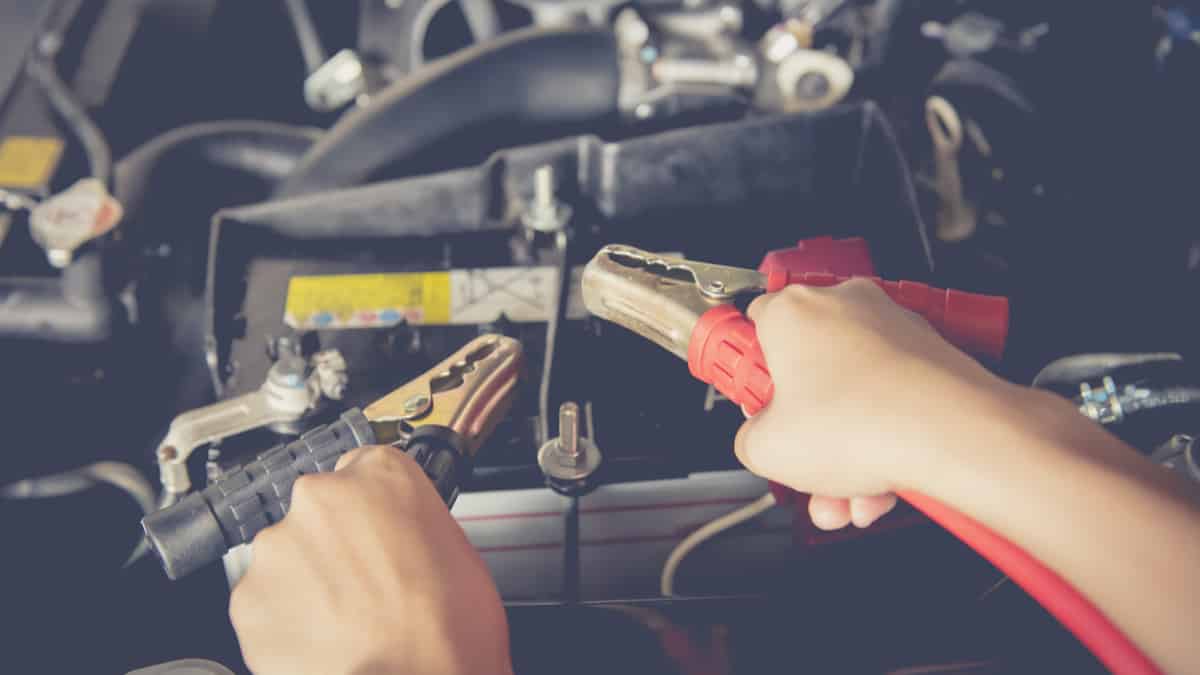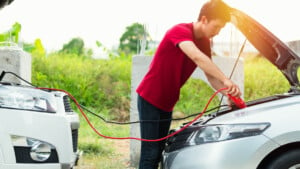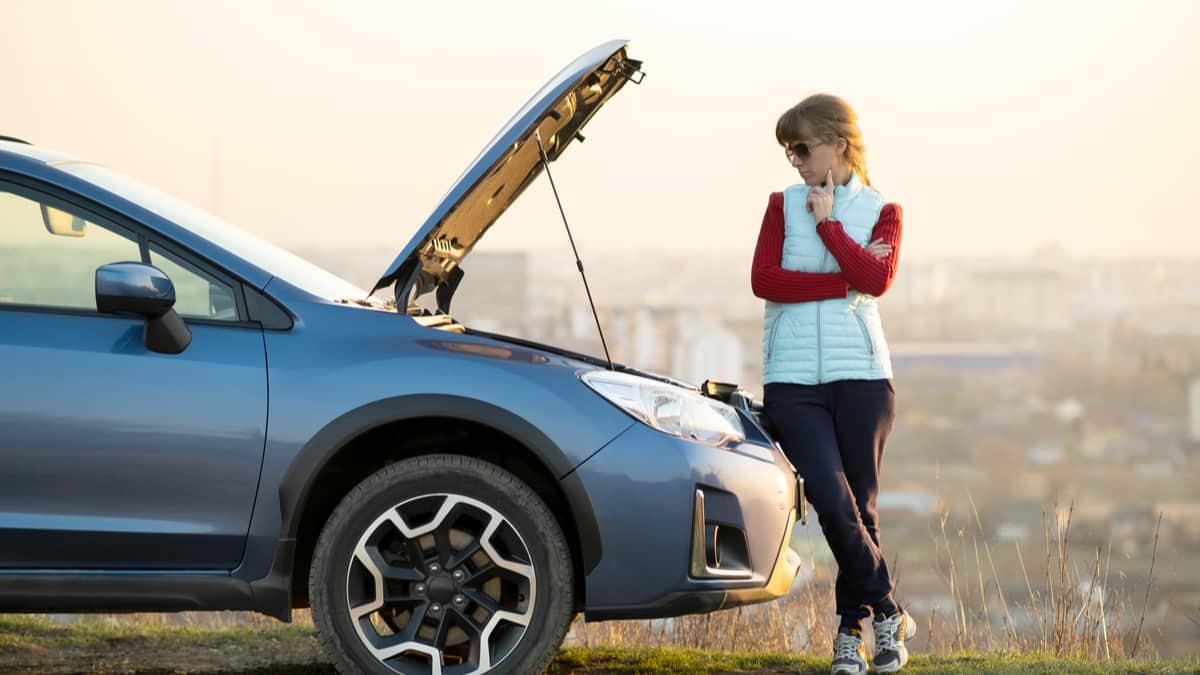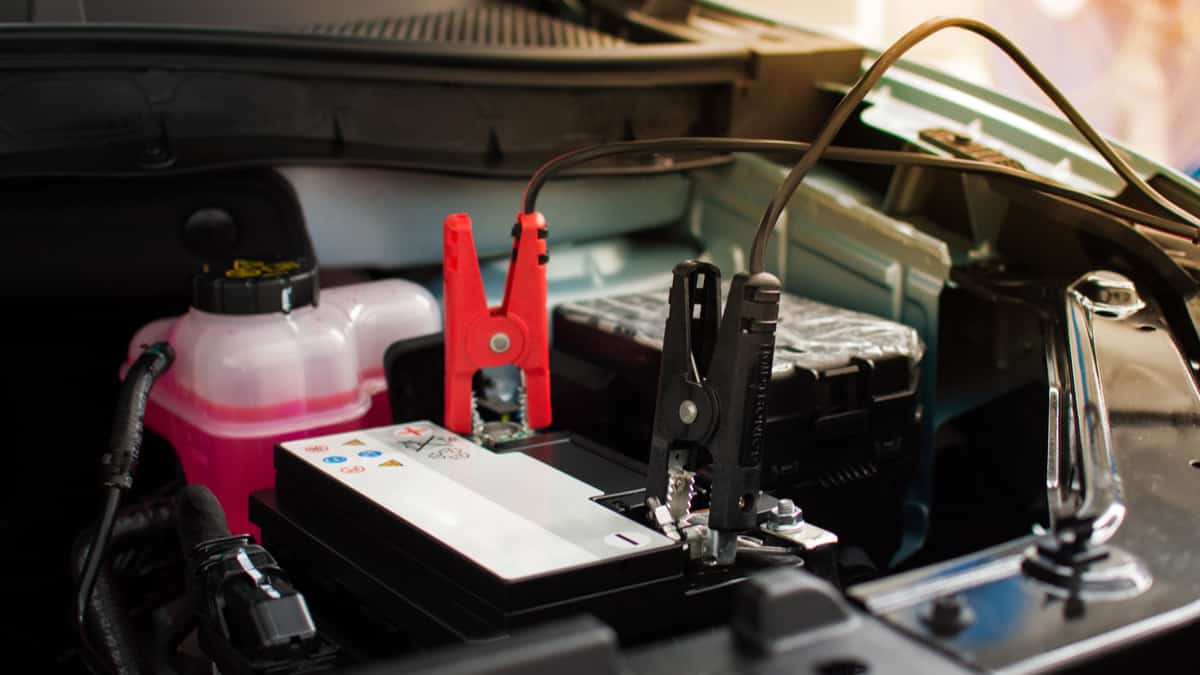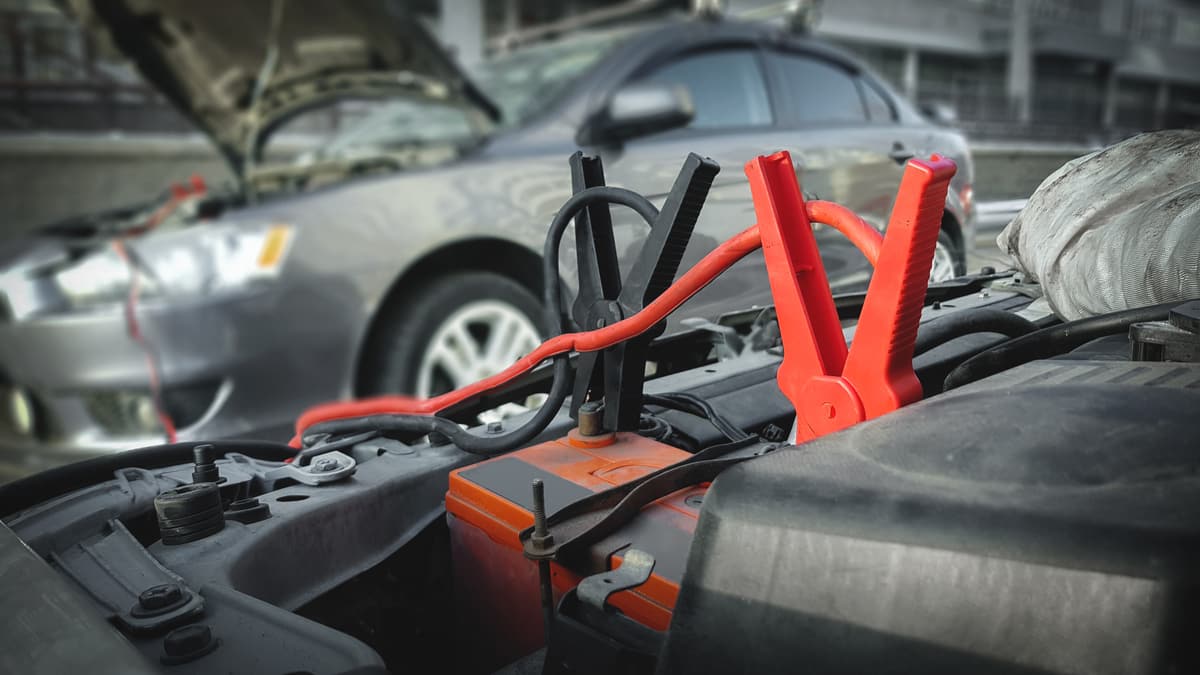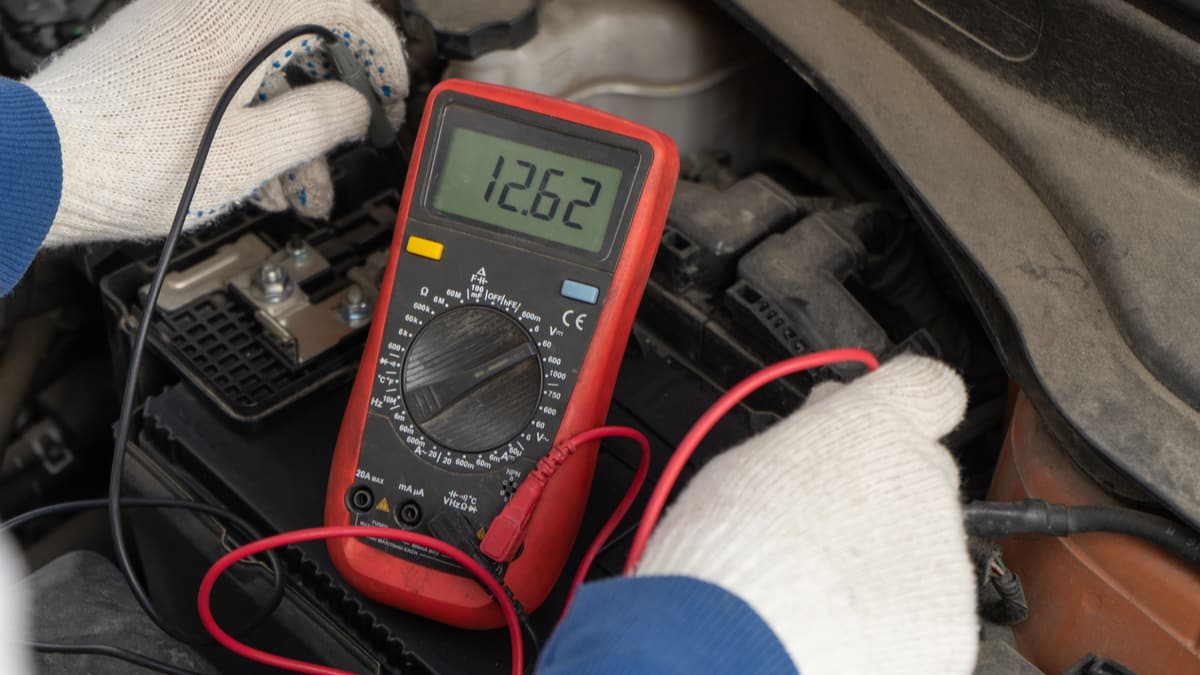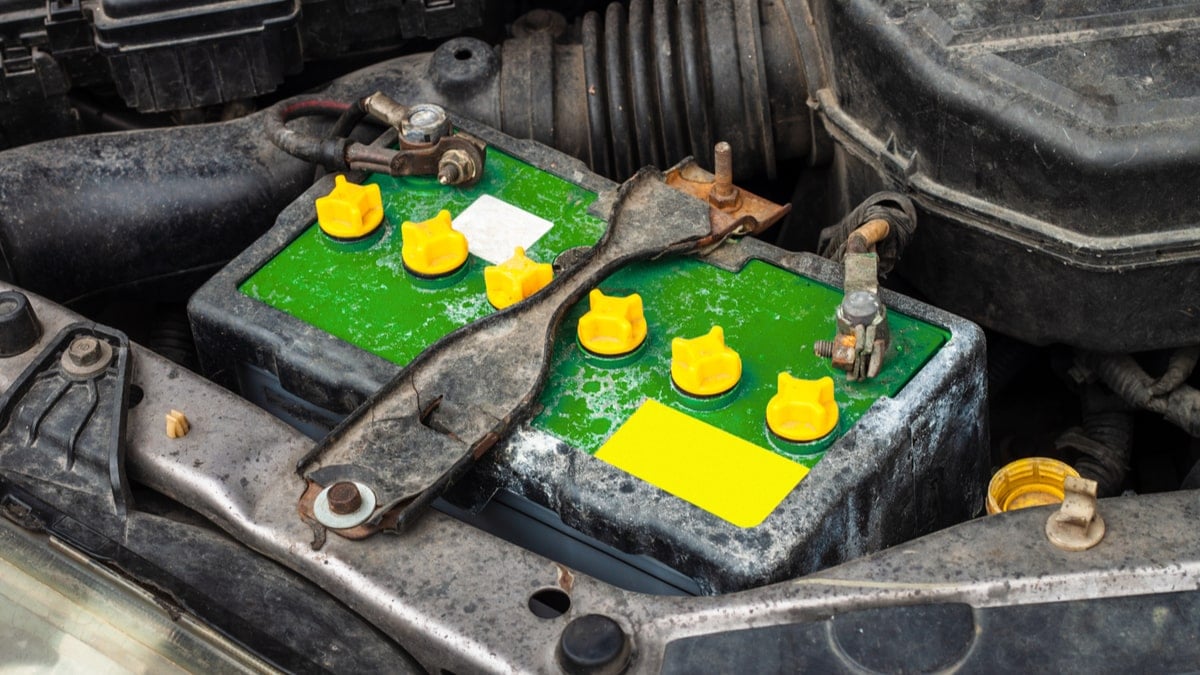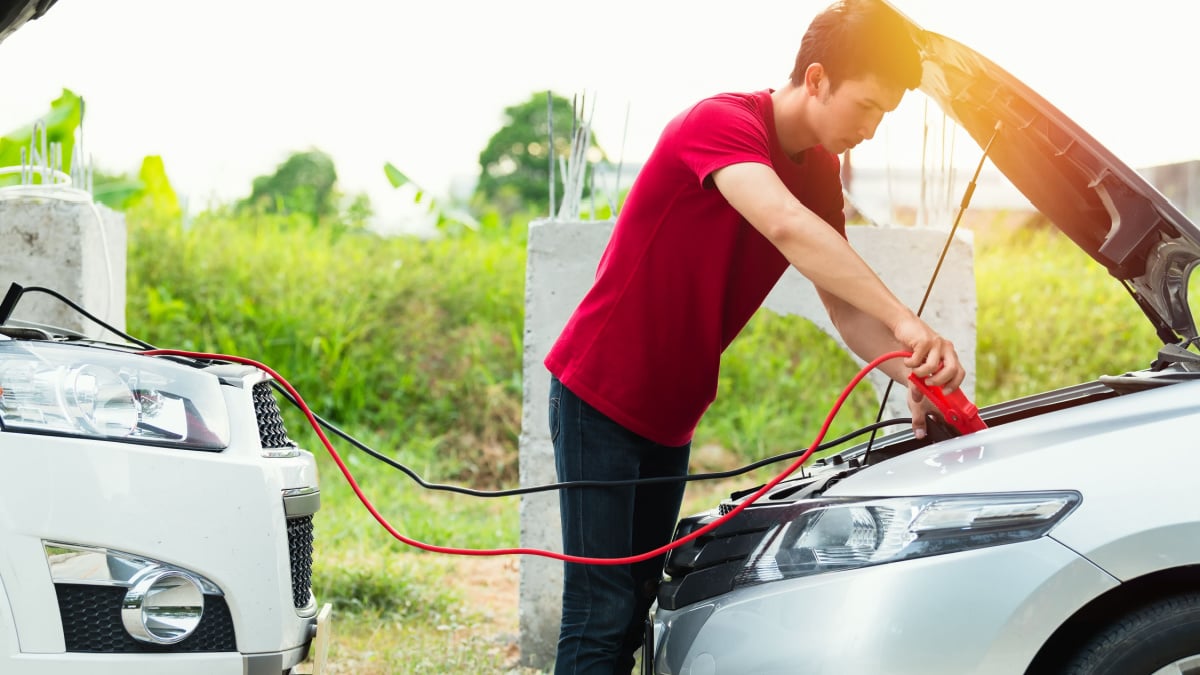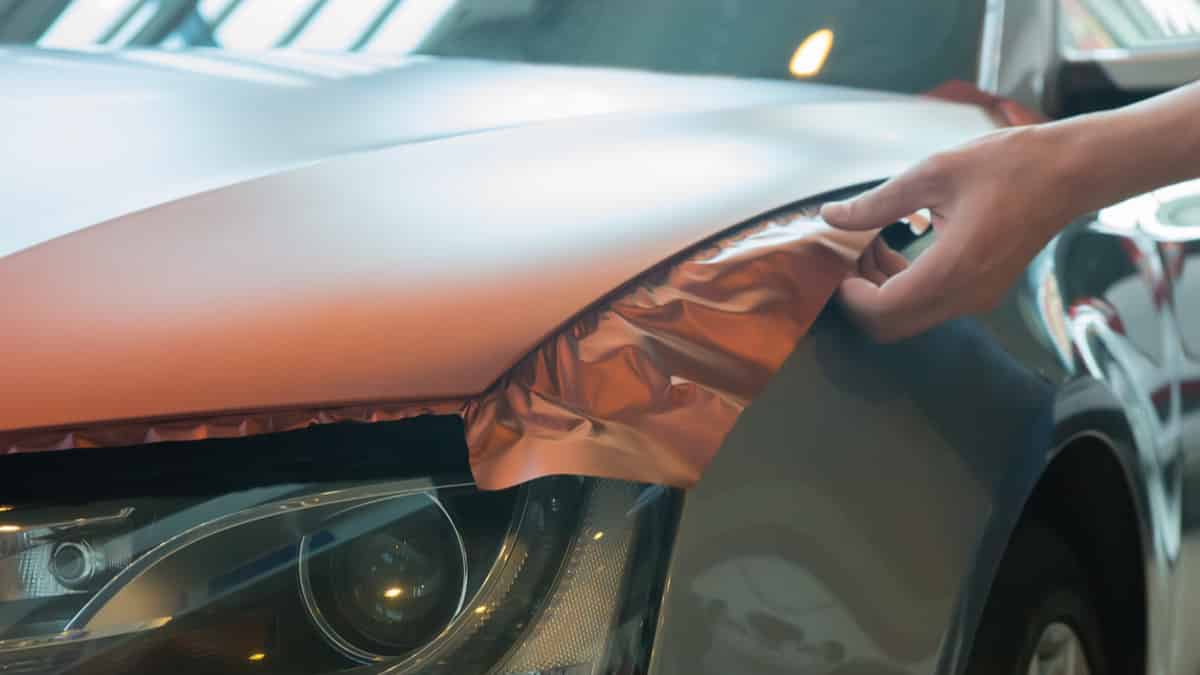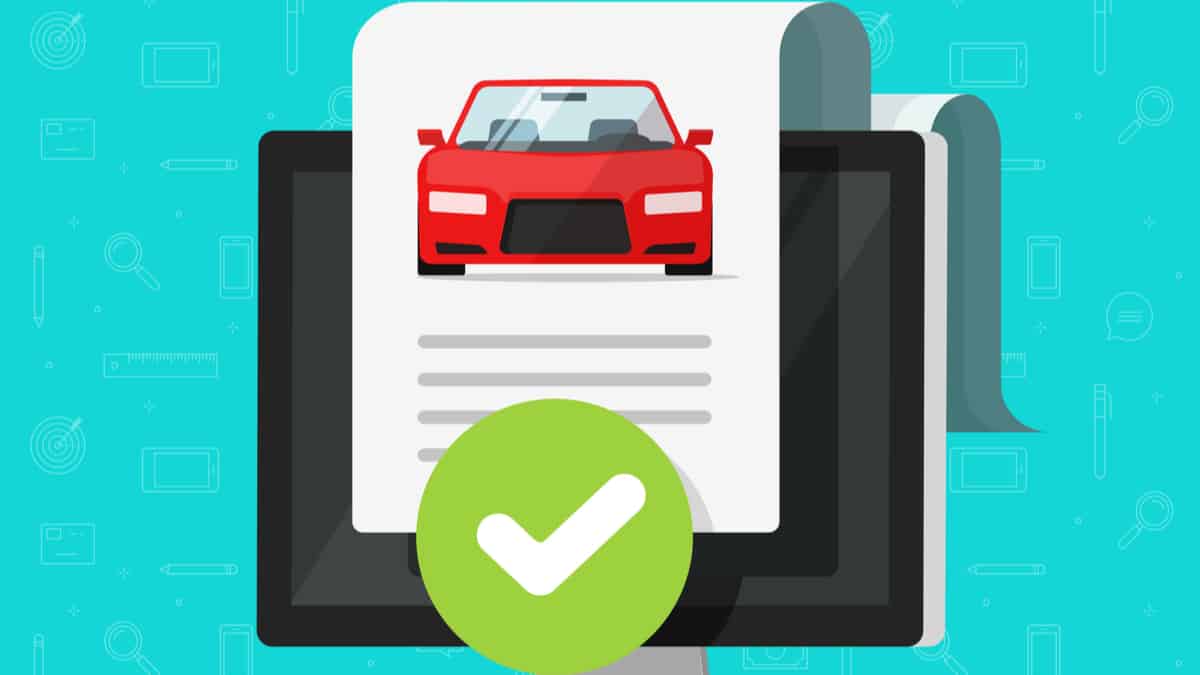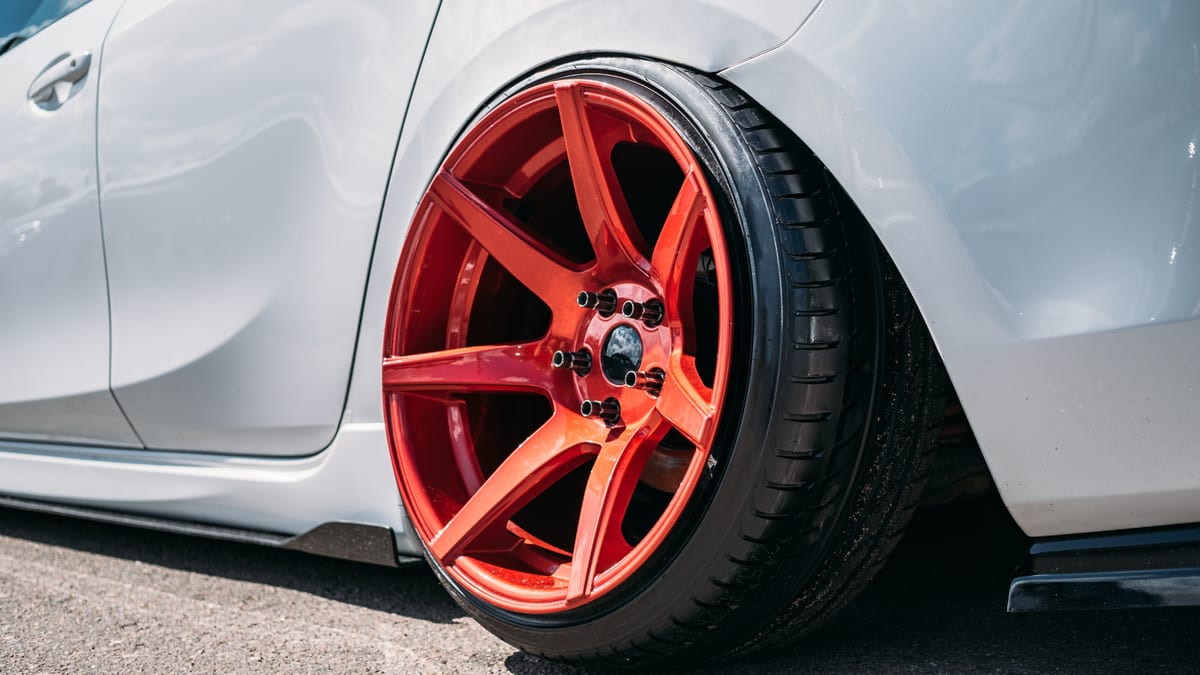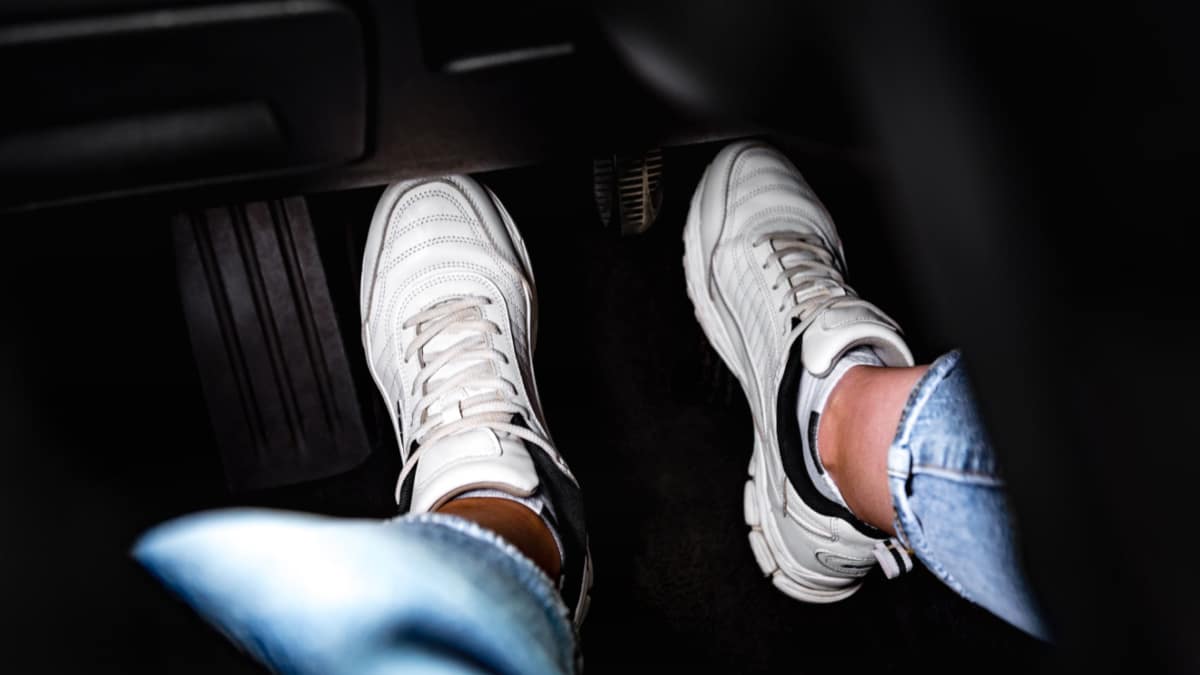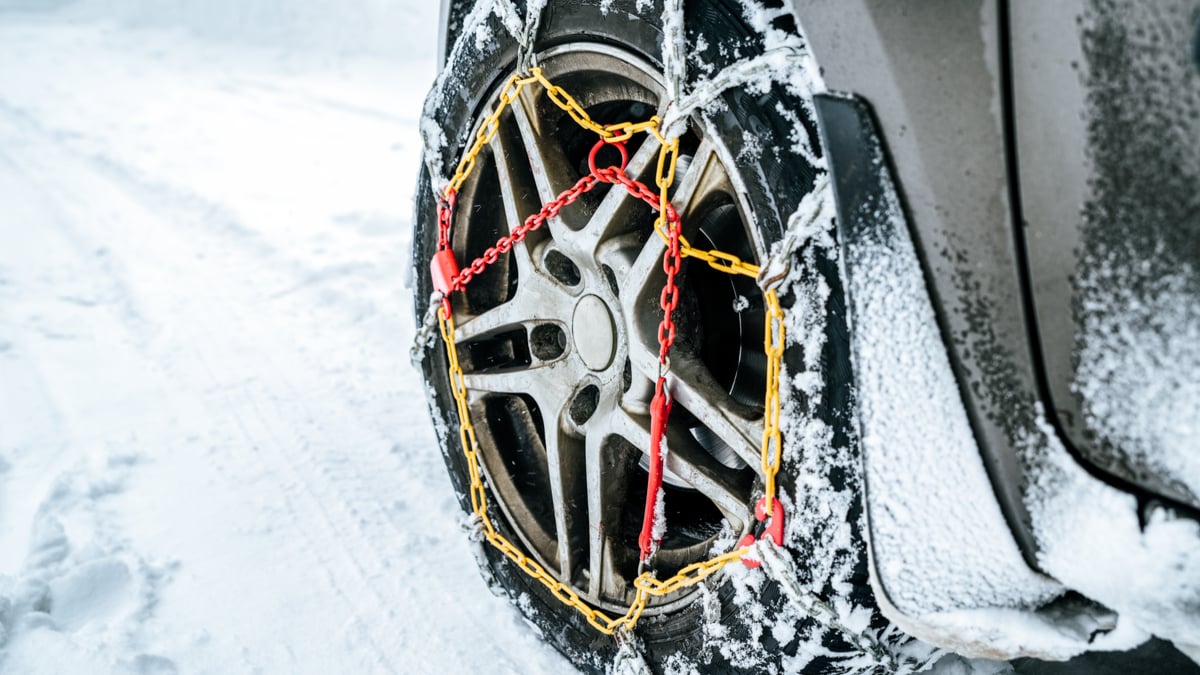No one wants to deal with a dead car battery. With today’s modern jump starters, many drivers no longer carry a set of jumper cables, but there is still value in keeping a set. If your jump starter fails or you need to help other stranded motorists, you want to have the right set of cables. What size jumper cables should I carry?
In this guide, we look at the differences in jumper cable gauges. We also discuss the appropriate gauge size based on your vehicle type.
What is the Best Gauge for Jumper Cables?
A 6-gauge or 4-gauge set of jumper cables will be enough for most vehicles. Thick cables can carry more electricity, allowing you to jump larger engines. Thinner gauges cost less, but you might not get enough to power the battery.
Jumper cables range from 1 gauge to 12 gauge. Based on the scale, the 1 gauge is a heavy-duty model, while the 12 is a light-duty option.
With a 10-gauge jumper cable, you would be able to start a drained battery in mild temperatures, but it’s not going to get dead batteries going. That’s why the 6-gauge or 4-gauge cable is recommended – because it fits most needs and situations.
Additional Jumper Cable Buying Considerations
1. Length
While the gauge of the wire is important, you must also think about the length. You aren’t always going to be in a convenient location when your car battery dies, so it’s important to have enough cable length for flexibility.
The 10-foot jumper cable is going to be long enough when the two vehicles are able to face one another, but that’s not always going to be possible. Allow yourself some flexibility by grabbing a longer set.
As the cables get longer, the gauge often gets lower. That’s because more current can move in the gauge, which is why the 4-gauge is recommended in most situations.
2. Insulation
The majority of the thickness of the jumper cables is due to the gauge of wire. However, there’s also the aspect of insulation to consider.
If you live in a colder climate, you want to have a well-insulated set of cables. Otherwise, you could easily break the wire when you get the cables out. Insulation also helps to prevent wear on the cable. When the cable wears, you are at risk of an arc occurring, which could shock you or the car.
While you can choose a cheap pair of jumper cables to get the job done, an insulated set is a much better investment. Of course, you will need to pay significantly more based on how much insulation is included.
3. Clip Material
The clamps that attach to the battery are responsible for making a solid connection. This is the point of contact for the electricity moving between the two batteries. Both of the clamps typically resemble the appearance of copper.
However, not all of the clamps are made from copper. Some are simply plated with metal. The copper clamps help conduct electricity better. Cables that only have copper-plated clamps will not work as well.
After a few uses, the plating can start to wear off, and when this happens, the connection won’t be solid, mainly because steel is used as a base below the plating and this metal isn’t as conductive. As the plating continues to wear, you may notice difficulty starting the car.
If you choose the copper clamps instead, you receive a more dependable jump. Even if you scratch the clamps from repeated use, they should continue conducting electricity so you aren’t left stranded.
It’s not always easy to tell if the jumper cables are made from solid copper. You will need to read the product description from the manufacturer to figure out what materials are used. If you order online, be sure to read through the customer reviews and questions.
Additionally, the price can be a good indicator of the materials used. Low-cost, bargain-friendly jumper cables are not going to have solid copper clamps. Instead, you want to look at the high-end options for more conductive materials.
4. Amperage
Amperage shows the current the car engine pulls when it is trying to get started. If you have a smaller car, you won’t need the same level of amperage as a large truck or full-size SUV does.
There are some cases when 200 amps will supply enough power. However, it’s generally not recommended to use cables that are rated lower than 400 amps. In some cases, you may even require something larger, such as 600 amps or more.
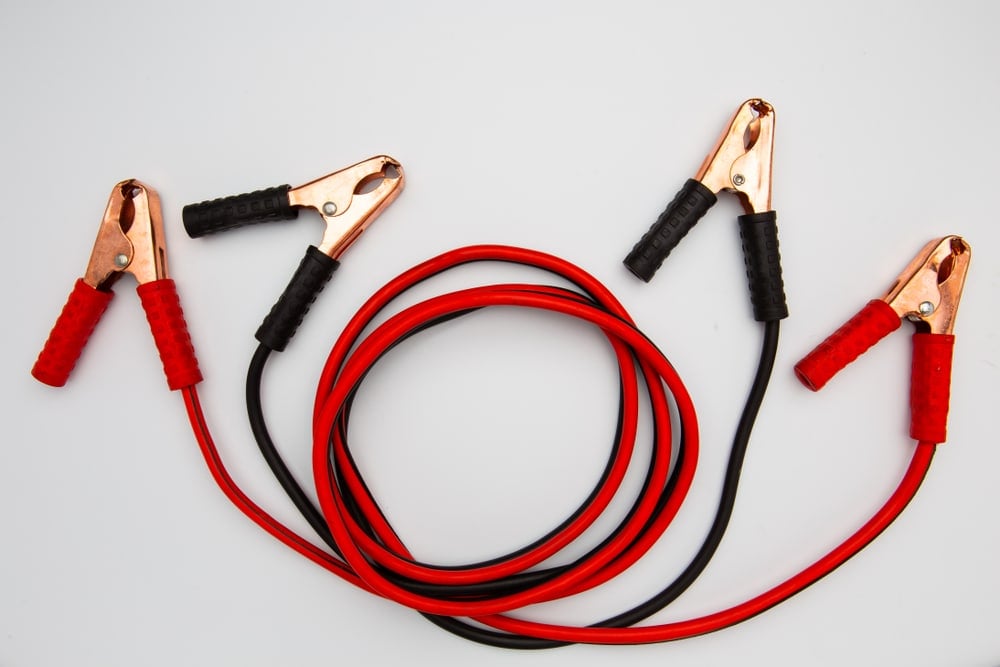
Best Size Jumper Cables by Vehicle Type
1. Compact
Most compact cars will start with a 6-gauge jumper cable. Whether you have a Mazda3 or Kia Forte, you want a 6-gauge 10-foot jumper cable that provides 200 amps.
However, it’s still best to have a 4-gauge jumper cable. Additionally, it would be better if you could afford one that is 20-feet long, just in case you can’t park the cars bumper to bumper. Look for 400-amp service for the best results.
2. Sports Cars
If you are hitting the streets in a speedy sports car, the 4-gauge, 10-foot jumper is the lowest you should go with. However, we would recommend a 2-gauge, 20-foot jumper cable with your Chevy Camaro or Ford Mustang.
While 400 amps would be enough, it’s better to go with 600 amps. Additionally, you want a set of jumper cables with solid copper clamps for a secure connection.
3. Intermediate
If your Kia K5 or Toyota Camry has a dead battery, you want to get back on the road quickly. The 6-gauge 10-foot jumper cable with 200 amps should provide what you need in most situations.
Still, we recommend upgrading slightly, just to ensure performance. Go with a 4-gauge 20-foot jumper cable that supplies 400 amps if you don’t want to get stuck with a dead car battery.
4. Full-size
Your BMW 7 Series or Nissan Maxima will require a minimum of a 6-gauge, 10-foot jumper cable. It needs to supply at least 200 amps of power.
However, your jumper cable should be 4-gauge, 20-foot if you want maximum performance. Even better, if you can afford one that provides up to 800 amps, you will have more protection.
5. SUV/Minivan
Whether you are driving a Toyota Sienna or Honda Passport, you will need a little more power to get your battery going. It’s possible that the 4-gauge 10-foot cable with 400 amps will work just fine.
However, in this case, it’s recommended to have a 2-gauge 20-foot jumper cable. It should support 800 amps of power to get you back on the road in any condition.
6. Van/Truck
If you sit behind the wheel of a Ford F-150 or a Chevy Express full-size van, you will need a little extra power. The 4-gauge, 10-foot jumper cable with 400 amps might get you moving in some circumstances.
For reliable performance, we recommend using a 2-gauge 20-foot cable instead. With 800 amps of power, you should have no trouble getting the larger vehicle started.
Related: How to Jump Start a Car (6 Easy Steps)
How to Jump Start a Car
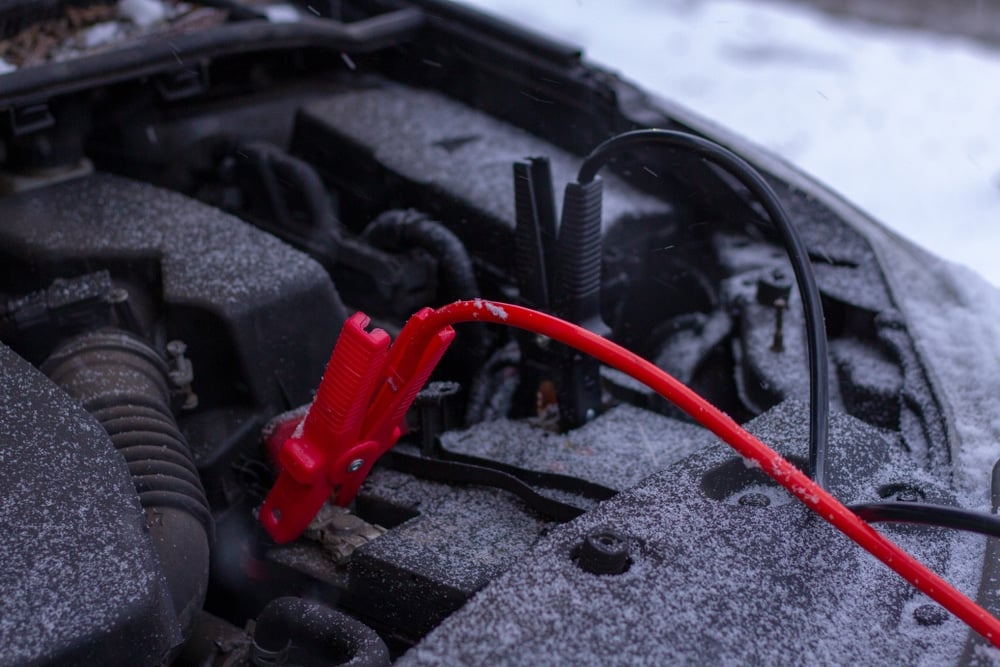
Once you have the appropriate jumper cables, you are ready to jump-start the vehicle to get the engine running. For starters, you want to take the jumper cables out and clean off any debris from the clamps. You should also ensure that there is no contamination to the battery terminals or the connection could be interrupted.
Put both vehicles in Park and turn off the engine to the running vehicle. Attach a red connector to the positive terminal of the dead battery. You will then attach the other red connector to the positive terminal of the good battery.
Attach the corresponding black clip to the negative terminal of the good battery. The other black clip can be attached to an unpainted metal surface of the car that isn’t found near the battery. You could use a metal bracket attached to the engine.
Start the engine of the vehicle that is working. Allow the motor to run for a few minutes.
Try starting the vehicle with the dead car battery. If the jump works, you want to let the engine run for at least 15 minutes before shutting it off. It’s also good to take it for a drive down the highway. Otherwise, you could run into the same trouble when you turn the ignition off.
If the battery continues dying, there could be an issue with it holding a charge or it could be the result of a failing alternator. Either way, you want to have it repaired so you don’t continue needing to jump start the engine.
A 4 or 6-gauge jumper cable is perfect for most normal-sized cars on the road. However, if you have a large truck or occasionally jump start heavy equipment, you may want to choose a 2-gauge cable. The longer the cable, the thicker the cable you need.
It is also better to choose a jumper cable that is too thick instead of too thin. A thin jumper cable will cause too much resistance, and it will not be able to start a car with a dead car battery. The most popular sizes are 2, 4, and 6-gauge jumper cables.
It’s also important to keep your jumper cables in the trunk because if you have them at home when you have a dead battery on the road, it won’t matter what kind of jumper cables you have – you’ll be screwed!
Sources:
Learn more:
- How to Check Car Battery Health at Home (8 Steps)
- Can You Jump Start a Car in the Rain?
- 10 Best Portable Jump Starters
Categories: Car Battery, Electric
